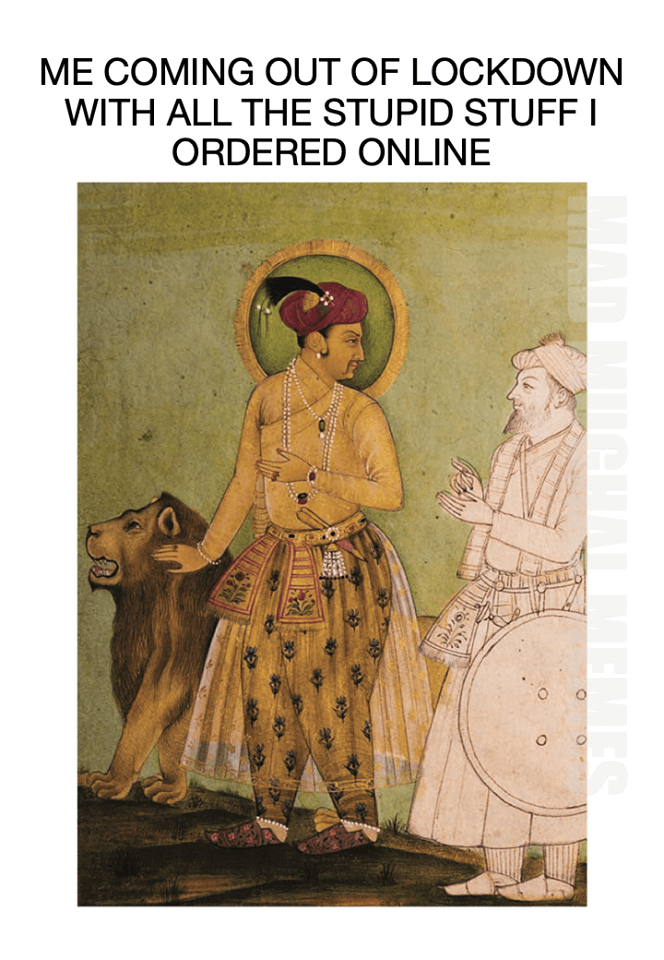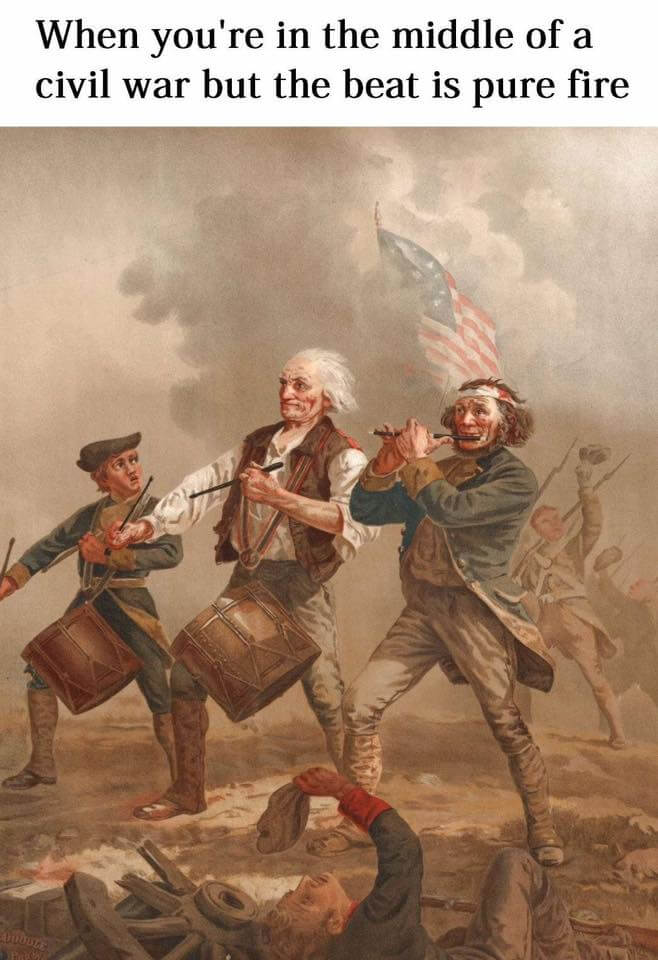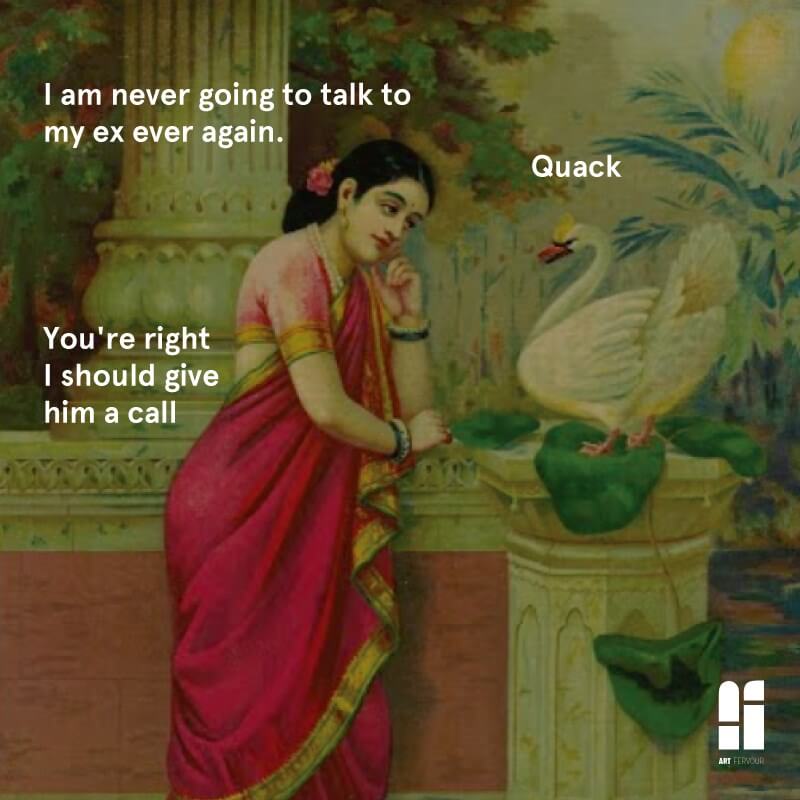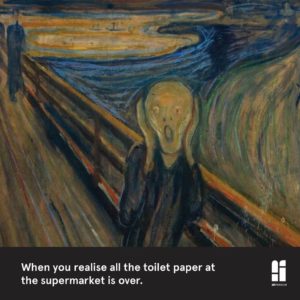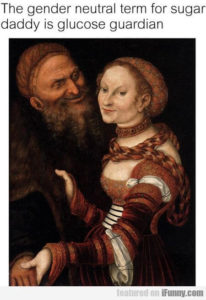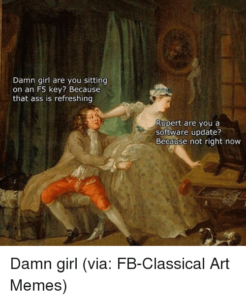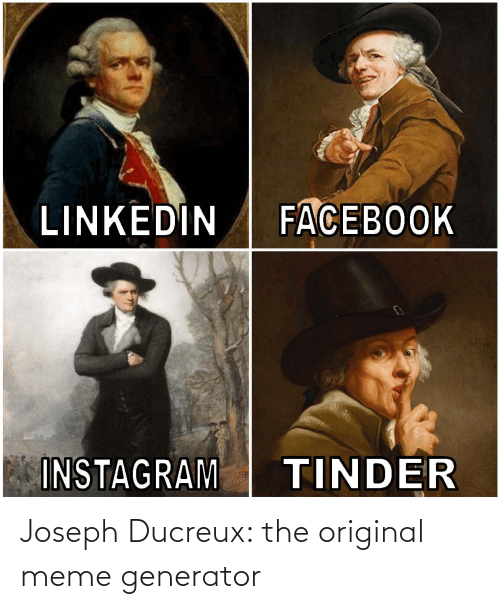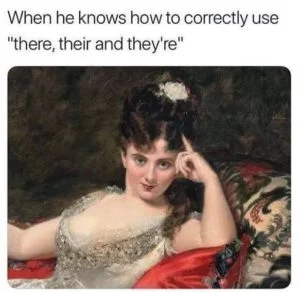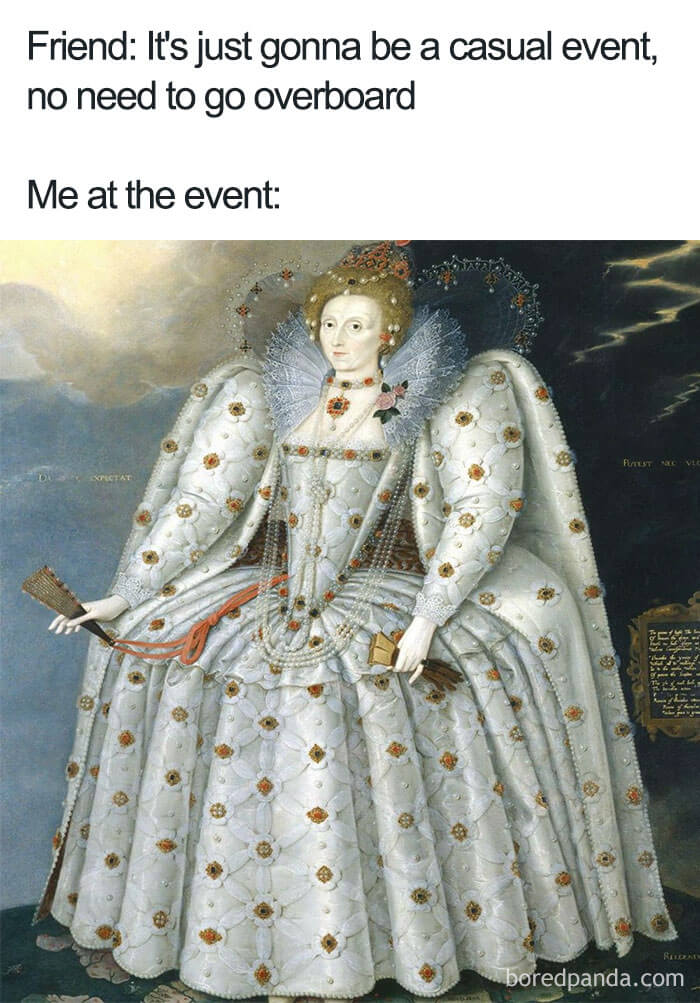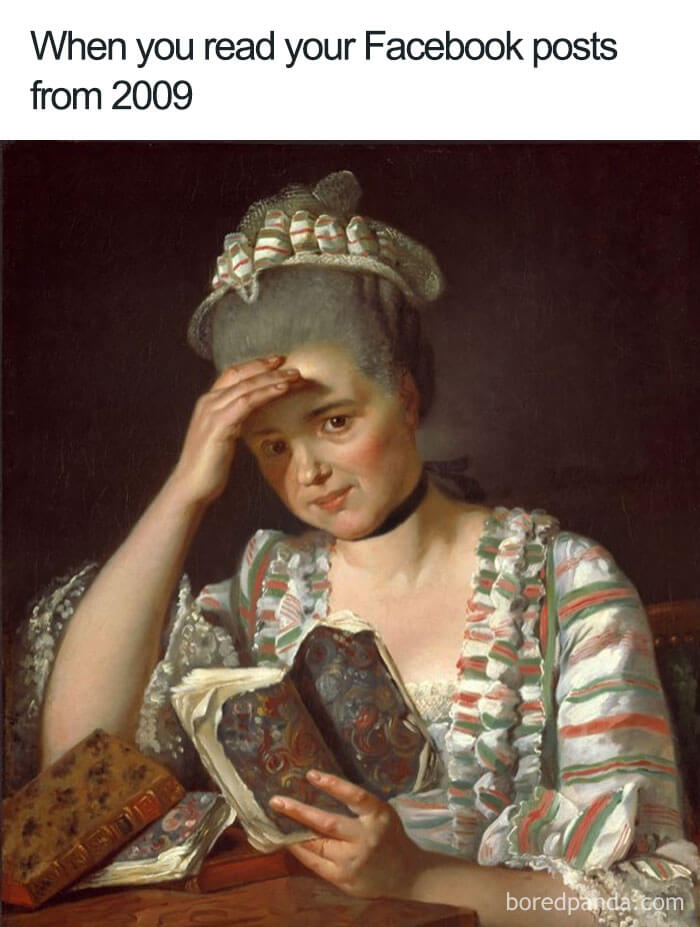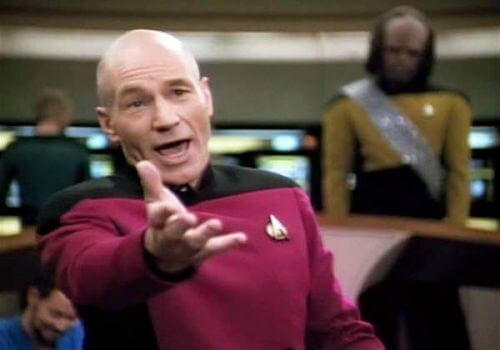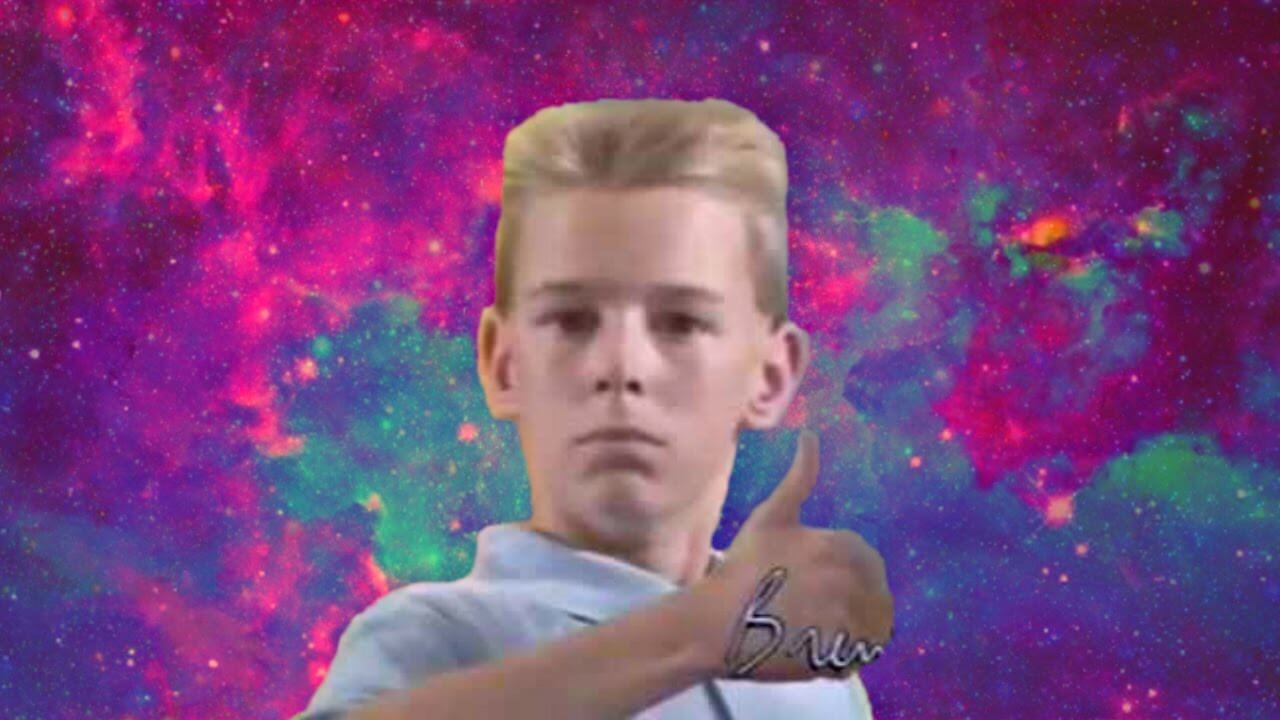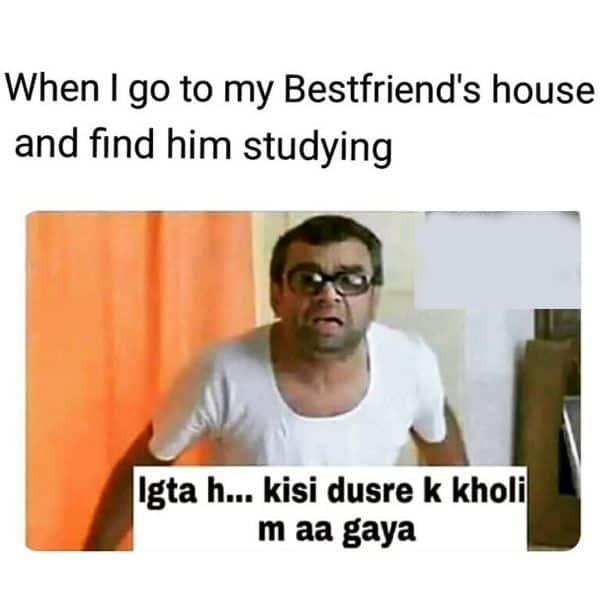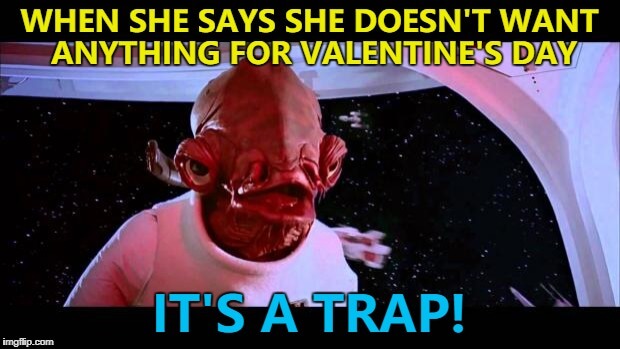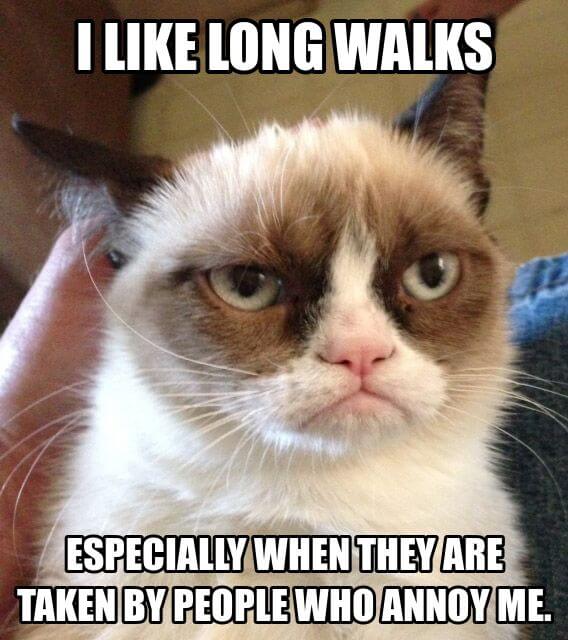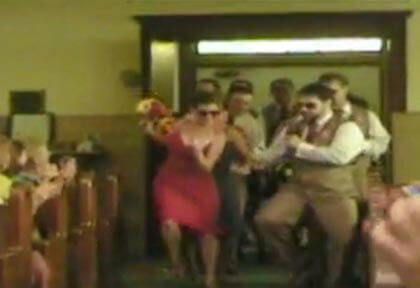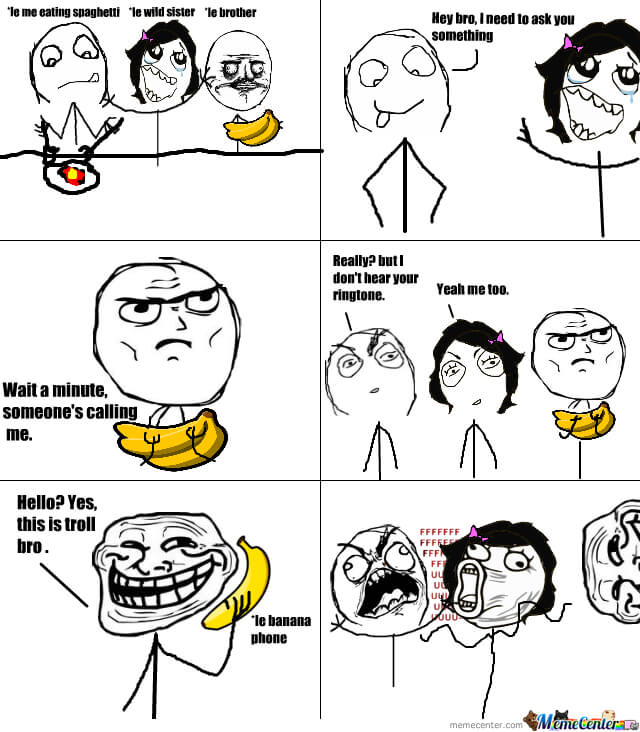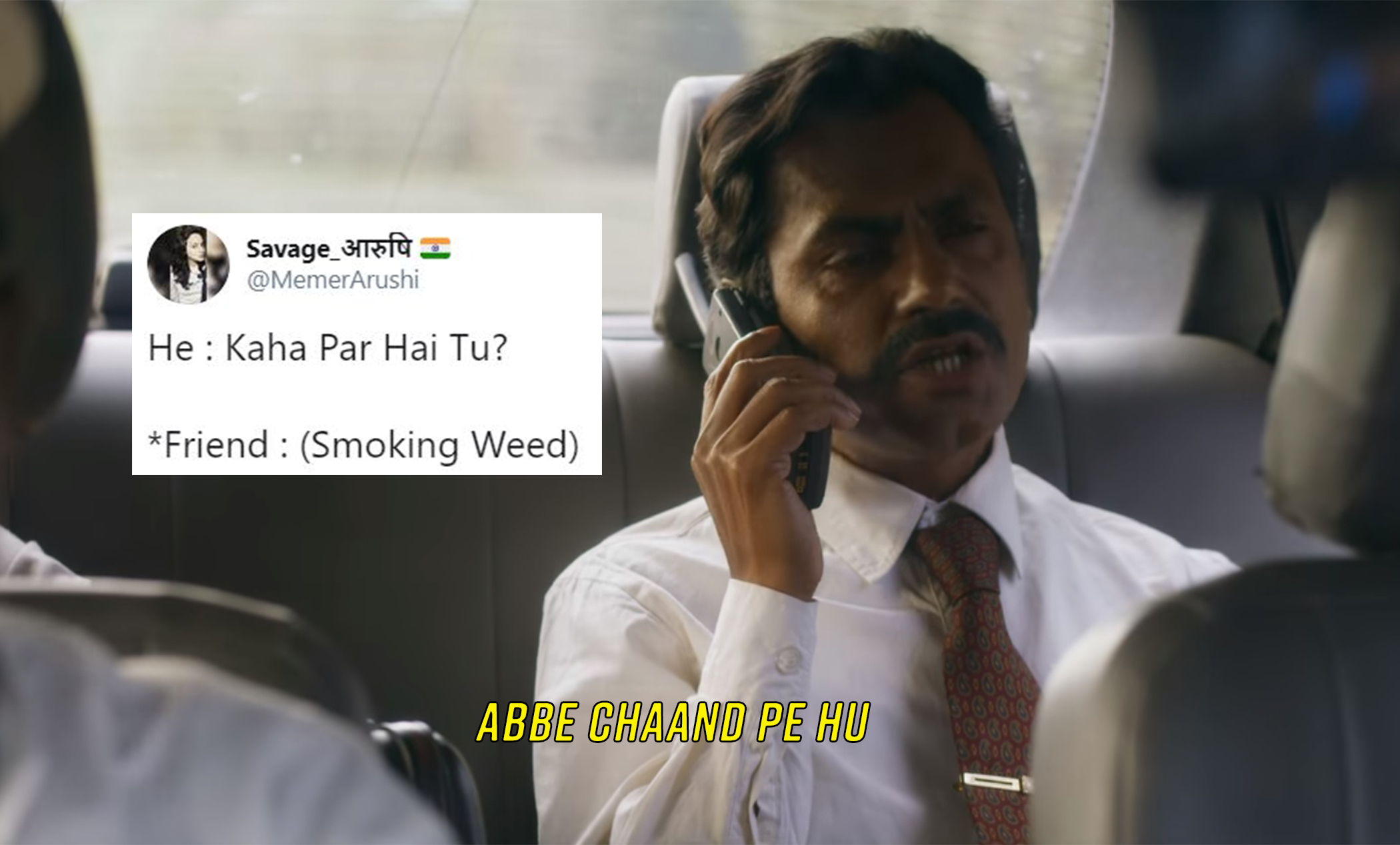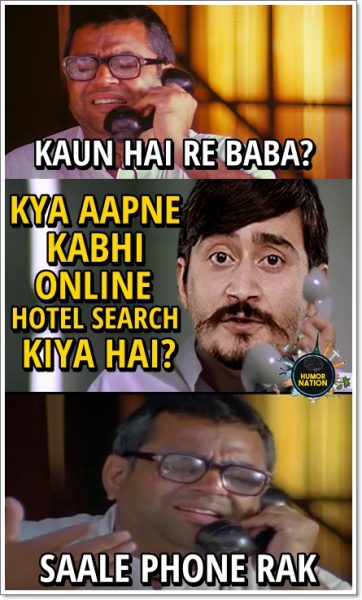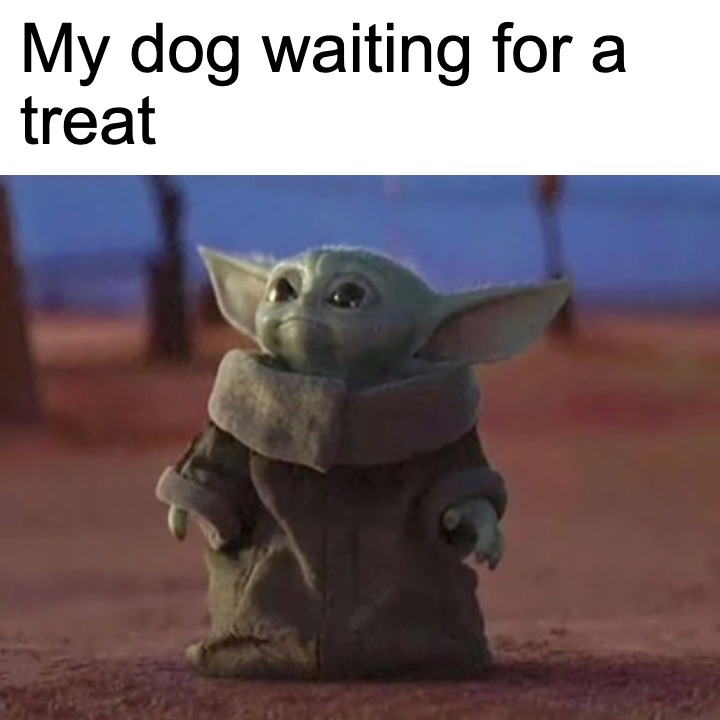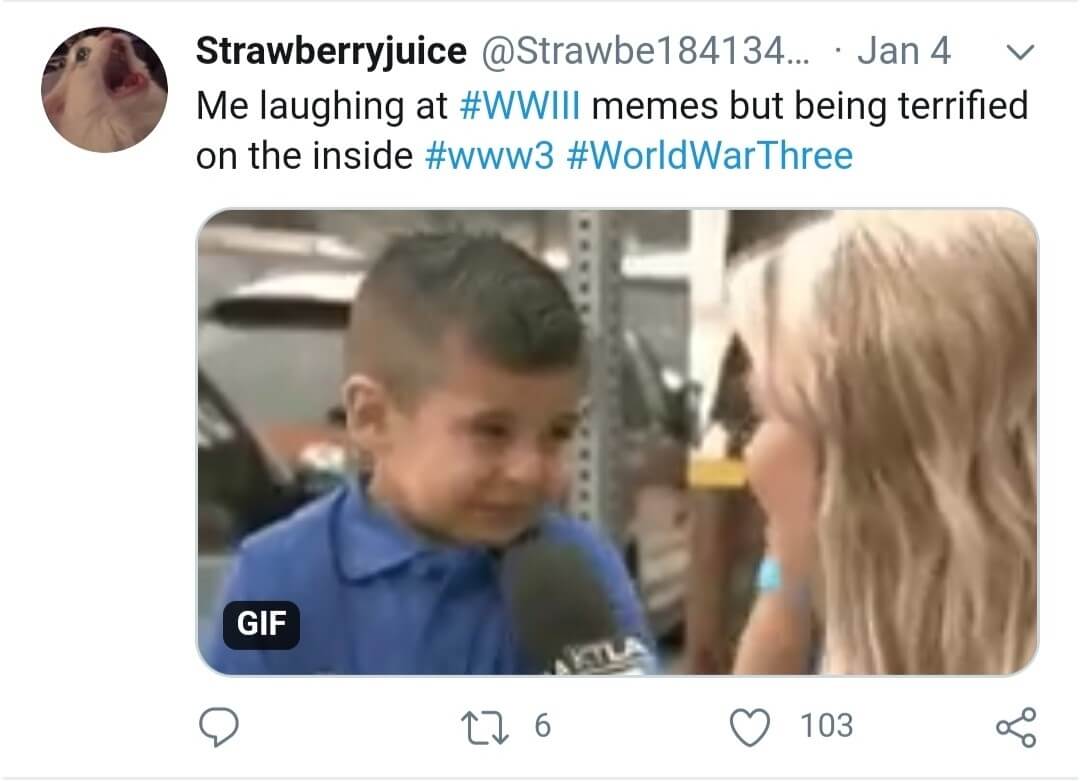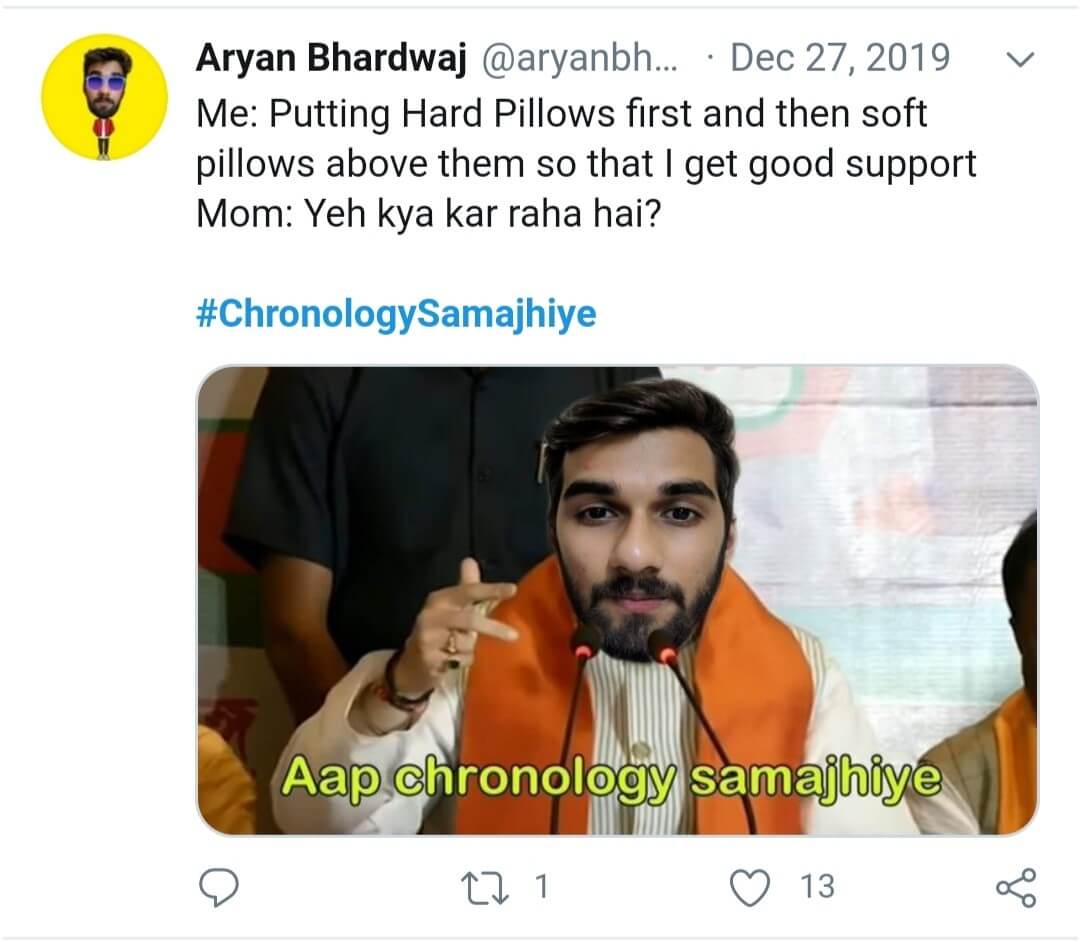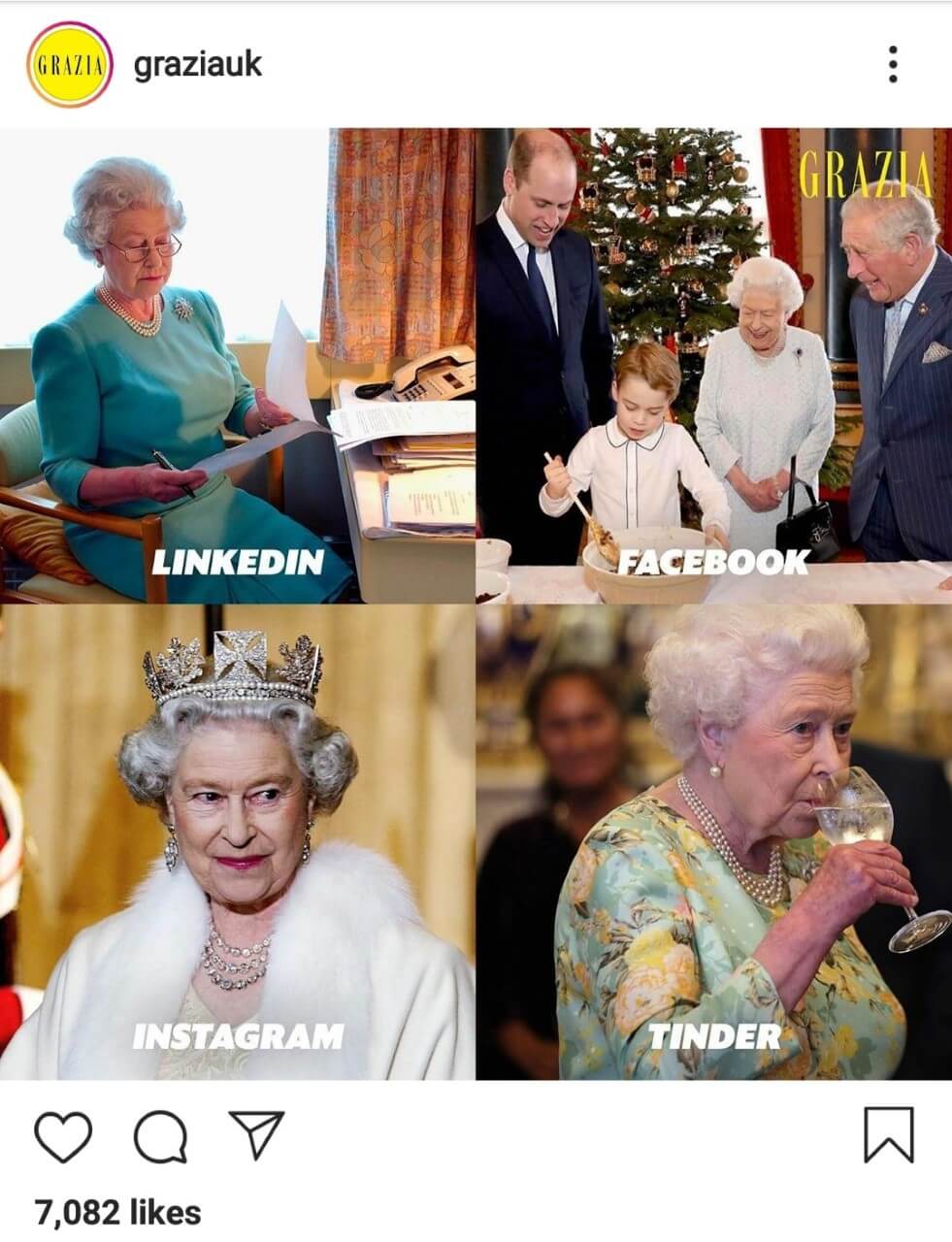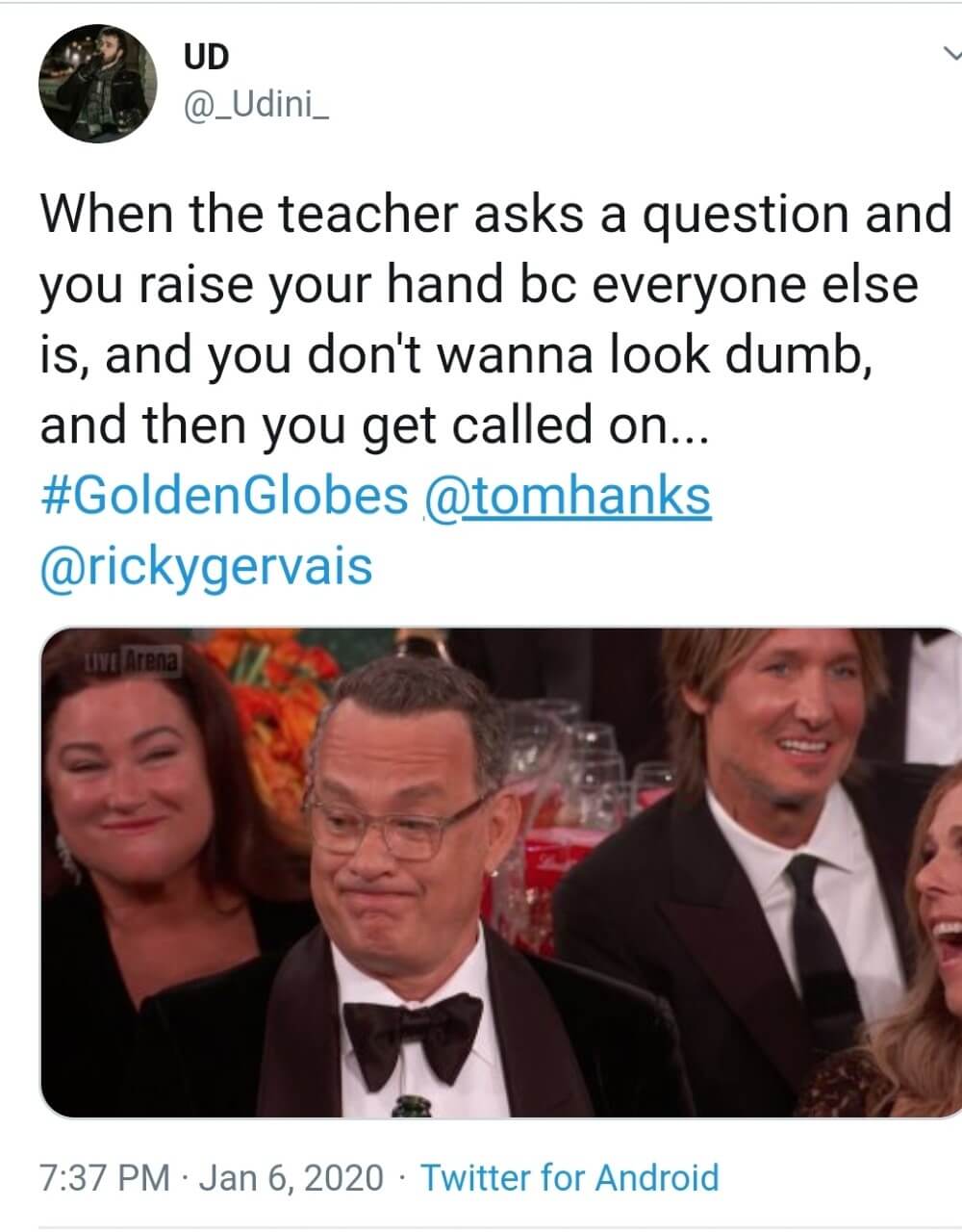Memevolution
A kind-of-sort-of TIMELINE OF MEMES –
The meme’s evolution is one that is unceasing. Even with regard to a single template, the message it evokes can be drastically different from the parent source – just like a rhizome that shoots out new roots from its own nodes.
This makes memetic culture one that isn’t easy to predict. Entropy reigns supreme, i.e., any topic can play the role of muse to memes at any given moment – be it the revival of a news clip that came on television more than a decade ago to a more pressing political scenario.
Thus, it isn’t really fair to map out a biblical timeline of memes. We try our best to make their trajectory easy to comprehend as well as highlight certain topics that may be of interest by subdividing them into certain eras – and not because that’s the singular way to perceive them.
Memes certainly do matter and we advise you to delve carefully into this chasm of warped humour, to look at the world around you from a pretty skewed perspective. All for the schitzen giggles ofcourse!
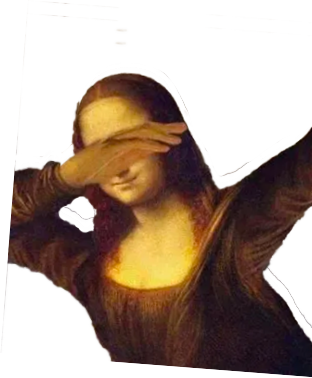
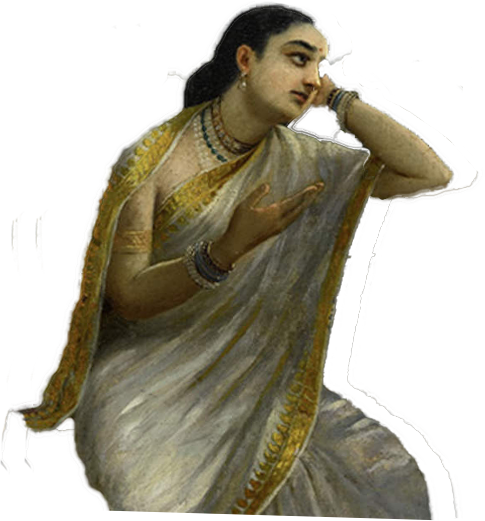
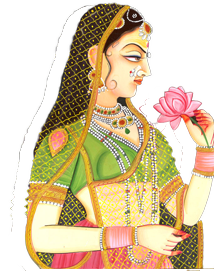
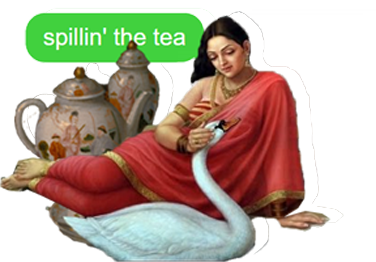
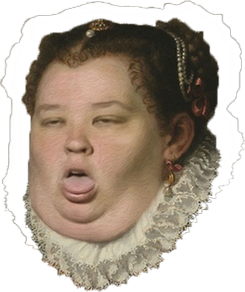
Obscure classical memes 
Deprecated: Function wp_make_content_images_responsive is deprecated since version 5.5.0! Use wp_filter_content_tags() instead. in /home4/memeprojectindia/public_html/wp-includes/functions.php on line 6114
VISUAL ART – A sub-genre of memes that can be best termed as ‘chaotic – evil’, Classical art memes are the content you didn’t know your eyes and dry wit were longing for. No artist is spared – from the works of Rembrandt to more arcane painters of the 17th century, each piece has serious meme potential.
Our very own Raja Ravi Verma paintings have served as the canvas for some of the most interesting memes in this category.
Pristine miniature paintings from the Mughal era when combined with the power of millennial humour have left us scarred.
A BROADER PERSPECTIVE – Apart from the very refined art memes, major historical tragedies have become the butt of internet jokes too. Colonization, Pompeii and The Boston Tea Party have all allowed dark humour to come to the fore.
Zooming into this oeuvre with a keen eye on the Indian context, we see that vernacular literature and satirical takes on reformations and political climates too played an indispensable role.
“The Sufi Saint Kabir and The Bhakti movement that attacked caste hierarchies critiqued the difference between high ideals espoused by religion and its distortion in practice through satiric prose and poems.”
– Contagious memes, viral videos and subversive parody: The grammar of contention on the Indian web, Sangeet Kumar
Babur
Beware of how significantly you feed into consumerism, folks! Ensure that your service provider has a worker friendly work policy in place! Empathy is especially important in these trying times.
American Civil War
You thought you had realized the importance of recreation yet? They knew it right since the war. Classical lessons for the win!
Raja Ravi Varma, 'Hamsa Damayanti', 1899.
This unexpected distance sure has witnessed lots of emotional angst. Beware to keep up with the habits you’ve chosen for yourself!
The Scream
Yes, the screaming is real. Sanitation is a necessity for everyone, hoarding such essentials is one evil we need to wash off of ourselves.
Boston Tea Party
No to destructive violence then, no to destructive violence now. While we’re at it, also try and examine the institutional violence that has sadly become relevant today.
Sugar Daddy
Gentle reminder to be sensitive to individual preferences and to make space for recognizing differences. Let’s strengthen our practices!
Rupert
Well, Rupert sure was ahead of his times! Have you guys been able to keep up with your pick up lines in these times? Comment with the best ones that you’ve heard.
Joseph Ducreux
Self-portraits were so much fun and so full of art back then! Ducreux initiated several of the “meme poses”. Are you thinking of Drake and Irrfan too?
Grammar Nazi French art
All you grammar nazis are called that for a reason. “Standard” grammar comes from a place of privilege and language policing is downright disrespectful and dismissive.
Satan > Santa
Smile a little to yourself if you recounted at least one wrong decision in this time of social distancing. Smile wider if you know you’ve grown better :)
Overdressing
All you people who have managed to stay loyal to your dressing up, we are proud of you. Thanks for bringing the bling on!
Old Facebook posts
We’ve all been there. Wonder why there is no “most embarrassing Facebook reminder” challenge yet. No, we don’t want it either.

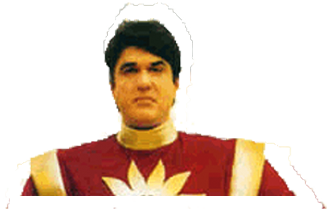
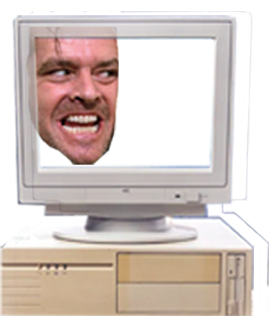
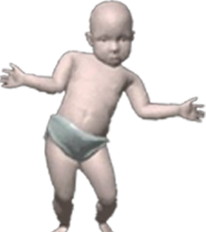
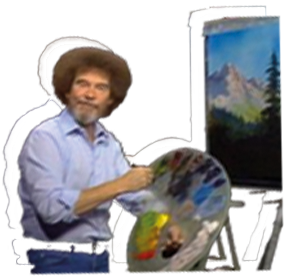
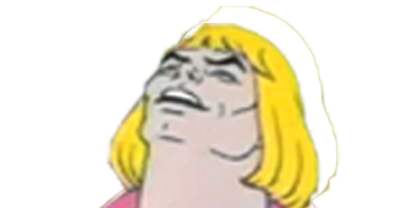
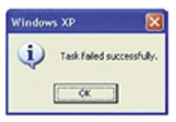
1980’s - 1990’s 
Deprecated: Function wp_make_content_images_responsive is deprecated since version 5.5.0! Use wp_filter_content_tags() instead. in /home4/memeprojectindia/public_html/wp-includes/functions.php on line 6114
THE 90s: “MOM, DO MY PHANTOM CIGARETTES MAKE ME LOOK BADASS?” – Looking at this era from the POV of a 90’s kid, we see flashes of the glory days of MTV. Lola Kutty (Anuradha Menon), Cyrus Broacha and Nikhil Chinappa played the role of VJs with a sky rocketing coolness quotient. New and shiny PC games had us glued to our screens in complete frenzy and shows like Shaktimaan and Shaka Laka Boom Boom left us perennially awestruck.
Now you may ask – How in the world are memes a part of this nostalgia fuelled ride? Simply look at the possibilities around you and you shall find a multitude of memes. Even the most absurd soap operas that were carried forward and celebrated in the 2000s have been altered into memes due to their campy storylines and baffling audio-visual effects (and that’s great!). This helps in the convergence of different parties.
According to Henry Jenkins, “the word ‘convergence’ refers to technological, industrial, cultural and social changes. After all, convergence culture is where old media and new media collide.” As one medium is slowly replaced, so can stories be told in more innovative ways. This new way of storytelling can be referred to as a “narrational mode”.
Viewers pay great attention to the content laid out in front of them and make it their own with humour, allowing creativity to thrive. The same follows for homemade viral videos. They engage people who appreciate how simple and relatable they are in contrast to the highly scripted dramas that one becomes accustomed to watching on the idiot box.
“This leads to a somewhat surprising conclusion: “bad” texts make “good” memes in contemporary participatory culture. Since the logic of contemporary participatory culture is based on the active involvement of users, incompleteness serves as a textual hook for further dialogue, and for the successful spread of the meme. Thus, the ostensibly unfinished, unpolished, amateur-looking, and even weird video invites people to fill in the gaps, address the puzzles, or mock its creator.”
– Memes in Digital Culture, Limor Shifman.
And how exactly did memes come about in the Indian scene? In order to map their rise, it’s important that we pay heed to India during the tech boom of the 90s.
The Internet came to India in 1995 and by the year 1998, we witnessed the emergence of chatrooms and discussions that began with a simple ‘a/s/l’ confession. The dawn of the new millennium also brought with it a new era of memes and innovative ways in which they were looked at by the Indian market.
Ugachaka baby
One quirky designer + one 3D software + a song and boom! The 90s - first ever meme baby is born. 1990s saw the first ever viral internet meme - the dancing baby or the cha-cha baby!
Shaktimaan
This 90s Doordarshan Desi superhero made the internet say ‘Sorry Shaktimaan!’ Even after two decades Shaktimaan comes with a bop on Doordarshan to make us nostalgic during this quarantine.
Hampsterdance
The hampsterdance meme was part of a website launched in 1998. With its sea of hampster dancing GIFs & chipmunk- quality earworm music, it’s still stuck in our head!
Annoyed Picard
In 2020 a lot of us are asking how the fuck?, why the fuck? or what the fuck? But did you know that Picard has been asking the same thing since 1990?
Bob Ross
Before ASMRs were a thing; there was Bob Ross. Throughout the 80s & 90s, this PBS host-painter’s warmth still lies with us in form of memes...
Era of Mtv
Remember the era of Risk Astley, A-ha’s Take on me , Queen? Missing Lola kutty & Cyrus Broacha? Folks are so nostalgic about 80’s-90s MTV, that these memories are staying evergreen in form of nostalgic memes! Smells like teen spirit yeah!
heyyeyaaeyaaaeyaeyaa
Have you ever thought of seeing He-Man sing? Well now you know. The music video was created by two animators at Slackcircus Studios, who were inspired by Eric Fensler's G.I. Joe PSA series, by pairing footage of the titular protagonist from the 1980s American cartoon series He-Man and the Masters of the Universe with American alternative rock band 4 Non Blondes' 1992 hit single "What's Up."
All your base are belong to us
You might be aware of the phrase ‘the bomb has been planted’. Just like that, "All Your Base Are Belong to Us" is a popular broken english catchphrase that grew popular across the internet as early as in 1998. This phrase was part of an arcade video game Zero Wing (1989), which is subtitled and poorly translated. depicting the opening text, which was initially popularized on the ‘Something Awful’ message forums.
Doordarshan Rainbow
We were not that annoyed that day by seeing this screen. Meme edits & crackversions wouldn’t have been possible if it was not for this rainbow screen! P.S.- Doordarshan has the best queer profile picture over 25 years .
Brent Rambo
In the 90s, Apple inc. released a promotional video for Macintosh. Who thought this nodding, thumbs up giving kid would go viral again in 2013? Kid giving some you approval right there!
Kissing Flowers
The sweet Bollywood censor of old times was itself a meme phenomenon! “Bagiya mai do ‘fool’on ki ho rahi hai gufta-gu; jaisa filmon mai hota hai ho raha hai hoobahoob…” Also fun fact: The film 'Maine Pyaar Kiya' went one step ahead and did this with apples. Apples, yes apples! Check it out: https://youtu.be/a1tVvBxs4rk?t=400
Omae wa Mou shindeiru
This anime of 1983- Hakuto No ken (Fist of North Star) had no idea that it had provided us golden meme material already! This legendary conversation goes like this - “Omae wa mou Shindeiru” (You are already dead) “Nani?” (What?)
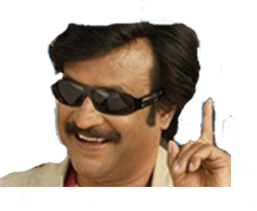
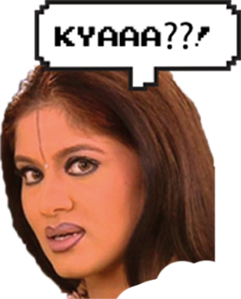

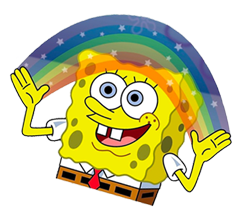
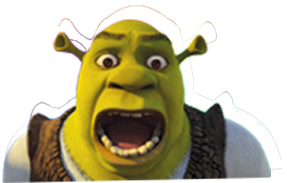
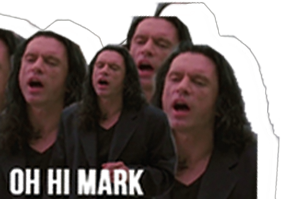

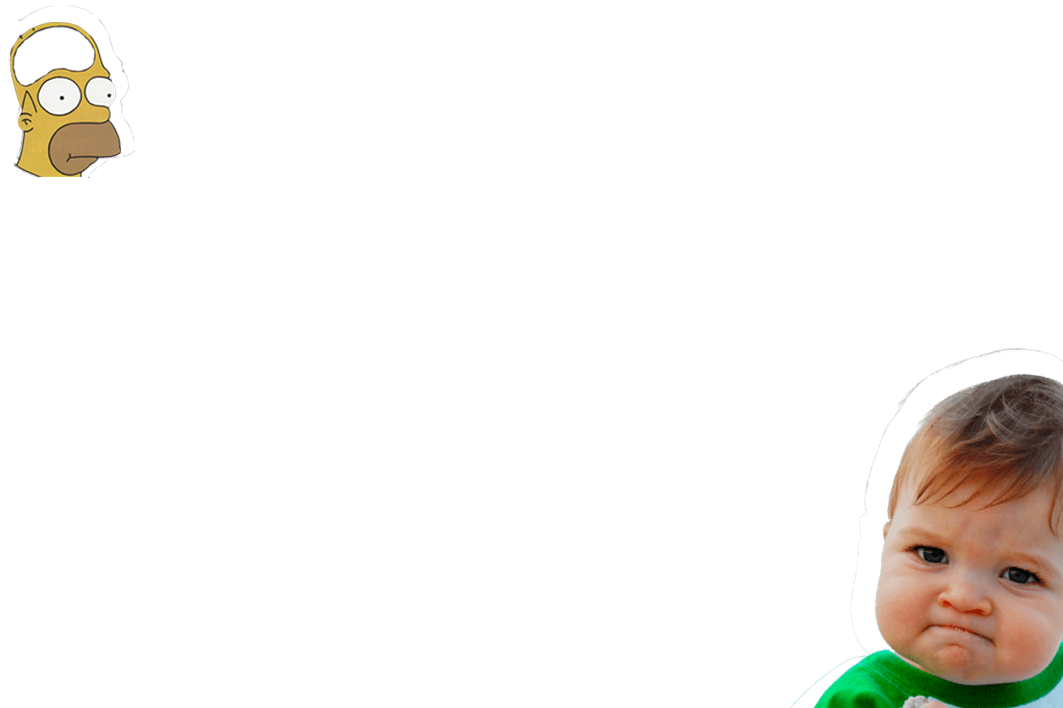
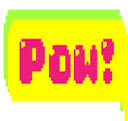
2000’s 
Deprecated: Function wp_make_content_images_responsive is deprecated since version 5.5.0! Use wp_filter_content_tags() instead. in /home4/memeprojectindia/public_html/wp-includes/functions.php on line 6114
CAPITALIZING ON CRINGE: DAWN OF THE 2000s – Certainly not the most tastefully artistic memes (for that you will have to escort yourself back to the Obscure Classical Memes section), the 2000s were home to the scarring line drawings – popularly known as ‘Rage Comics – that became a sensation on sites like 9gag and 4chan.
For a quick run through of those memes that you probably don’t need: knowyourmeme.com/memes/subcultures/rage-comics.
The 2000s were also the days of vampy television characters and the K3G craze. The film industry served new meme content on shiny aarti platters. A quick nod to all Sooraj Barjatya films, Kareena Kapoor’s early acting career, cinema gold such as ‘Main Prem Ki Diwani Hoon’, ‘Ram Gopal Varma Ki Aag’ and ‘Prem Aggan’ along with several hundred more that were later covered in Kanan Gill’s ‘Pretentious Movie Reviews’. Everything we covertly indulged in and publicly ridiculed about the 90’s was back for good in the 00’s.
“Political parody and satire on the Indian web today are embedded within a larger media ecology of social satire and news parody shows on television such as The Week That Wasn’t, 2G, Gustakhi Maaf, The Great Indian Tamasha as well as stand up comedy shows such as Comedy Nights with Kapil, The Great Indian Comedy Show, The Great Indian Laughter Challenge. These shows have created a broader popular culture of satirical critique and professionalized the field of comedians opening up careers as solo artists (groups such as The East India Comedy Club). India’s memetic digital culture is better understood in this broader context of a culture of social and political humour both ancient and modern.”
– Contagious memes, viral videos and subversive parody: The grammar of contention on the Indian web, Sangeet Kumar.
FILMS – Did I hear the words ‘cult following’? Two radiant examples of it are ‘The Room’ – 2003 (and it’s parodical remake starring James Franco: ‘The Disaster Artist’ – 2017) as well as ‘Bee Movie’ (2007). This genre of ‘very good bad films’ are most certainly an acquired taste.
Baburao Memes
Think twice before you call up our dearest Baburao! A style icon dominating Bollywood meme culture since 2000 (yep, it's been twenty whole years to Hera Pheri) keeps coming back to tickle our funny bones.
CID Memes
Darwaza tod do-ing their way into our lives, CID memes challenged time by living on as long as or even beyond the times of the show. Kuch toh gadbad hai Daya!
It’s a trap
A direct take-off from the Star Wars universe, this meme quoting Admiral Ackbar has had a history of transphobia and misogyny.
Cat Memes
Cats are believed to have nine lives. However, the memes involving cats? Can you ever stop a cat?
Philosoraptor
A meme straight out of Ross’ (from F.R.I.E.N.D.S) dream! Equal parts of existential angst combined with a raptor questioning the existence of universe itself sounds so 2020. Go Raptors?
JK wedding entrances
A video that defined virality in 2009, this wedding dance broke a leg on the internet and gave Chris Brown an unexpected return gift by making his single ‘Forever’ skyrocket the iTunes charts.
Troll Face Memes
A representative of a people that are growing more toxic every passing day, Troll Face memes were originally made addressing the trolls on 4Chan and later took the world by a storm.
Rick Roll
The Clickbait of all Clickbaits, Rickrolling became an actual verb - Rick Astley’s 1987 hit Never Gonna Give You Up rolls in as you click on this link.
Peanut Butter Jelly Time
An animated dancing banana (yep, innuendos were intended) made the decade dance to 'The Buckwheat Boyz' and sparked a whole trend of varied parodies and tributes globally.
Leeroy Jenkins
A character created by Ben Schulz in 'World of Warcraft' is a global iconoclast for ignorantly charging into battle and killing everyone in his own party as he screams his own name.
Nintendo 64
This meme is exactly how we want you to feel when you unwrap (read: open) The Meme Project’s website. The pioneer of reaction videos, this innocent reaction by Rachel (6) and Brandon (9) sparked a very remixed trend of it’s own.
Top Text - Bottom Text emergence
A trend that redefined how memes would be looked at and even structured for the decade to come came into being in the 2000s. The Impact font proved to be very impact-ful as it set itself in a top text bottom text structure as a standard meme pattern.
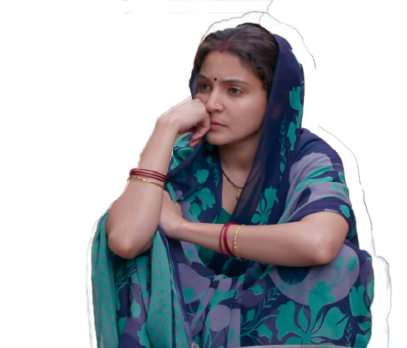
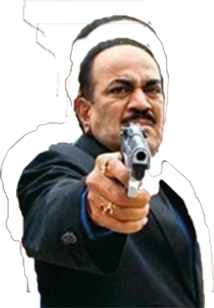

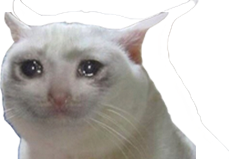
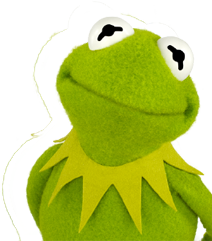
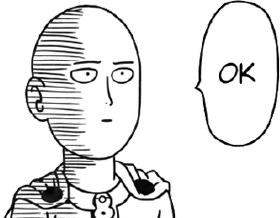
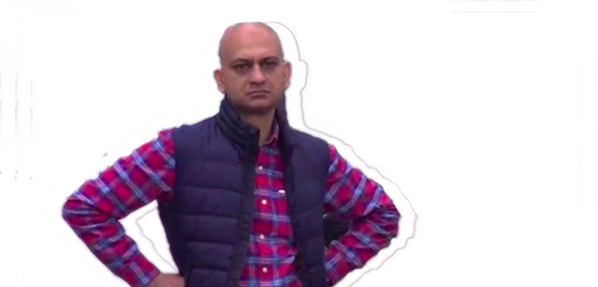
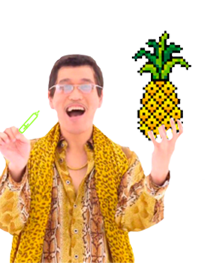
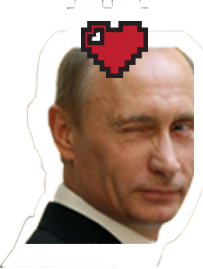
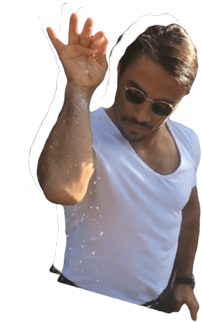
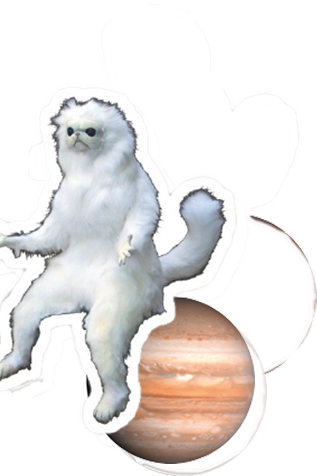

2010’s 
Deprecated: Function wp_make_content_images_responsive is deprecated since version 5.5.0! Use wp_filter_content_tags() instead. in /home4/memeprojectindia/public_html/wp-includes/functions.php on line 6114
2010s – WHATSAPP FORWARDS BECOME UNESCO NEWSLETTERS – Was this the golden age of meme machinery?
The 2010s were a tumultuous decade to say the least. From the blaring tunes of ‘What Does the Fox Say’ to ‘Gangnam Style’ and ‘Friday’, musical memes were basking in the limelight.
This decade was responsible for the creation of dance moves we didn’t think our bodies were capable of doing justice to, such as vigorously twerking to the Harlem Shake and allowing ‘Baby Shark’ to garner over 5 Billion views on YouTube alone (no, this is not a joke, I repeat, THIS IS NOT A JOKE!)
A sarcastic doge meme helped shed a more critical gaze on popular trends like the ‘Mannequin Challenge’ and fanatics that had acquired a taste for tide pods.
I would like to dedicate the Confused Math Lady meme (circa 2013) as an appropriate response to the feeling this decade invoked in all of us.
Additional topics from this decade that one should touch upon:
WHATSAPP FORWARDS – An often overlooked subset of memes, WhatsApp forwards are the direct link the older generations share with memes (no offense!) This subsequently led to memes of WhatsApp messages, like the daily good morning texts we graciously receive on our family chat groups and rarely acknowledge.
MEMEVERTISING – Popular brand accounts you follow on Instagram and Twitter have climbed the meme making bandwagon as well. Netflix, Durex, Zomato to name a few of the prominent ones. An interesting market strategy that speaks to most of its online viewer-base, memevertising is a great example of brands capitalizing on comedic tropes and making their social media accounts seem less calculated. TWITTER-WORSE – Unsafe to say, this decade was the time when Indian memes snatched away the global spotlight. Were we being laughed at or with? Twitter was reigning over its contemporaries and accounts like ‘Pakalu Papito’ gained tons of traction. Relatable twitter humour and popular hashtags made digital contributions to such topics an easy task. Shashi Tharoor became the golden boy of twitter, condensing his verbosity to intimidate you within a 140-character limit. Certain celebrities were chided to no end for their public goof-ups and their YouTube singing edits quickly amassed an inordinate number of likes. Indian comedy channels on YouTube were able to monetize their content and PewDiePie became a fervently worshipped entity. In order to check out some stellar meme content from this era: https://www.bingedaily.in/desi-memes-that-took-the-internet-by-storm-this-decade.
Besides, Twitter is to Indian web what 9pm debates are to Indian television – switch spokespersons with hashtags and witness the terrifyingly similar wavelength of political discourse. And no wonder, Twitter is one of the largest sources of memetic traffic in India.
“India’s memetic culture is driven by its staggering Twitter population of 33 million that is second only to China’s 35.5 million globally (Lipman, 2013). This despite India lagging far behind in overall internet penetration and users (238,000,000) in comparison to China (538,000,000) and the United States (245,203,319).
And yet, by allowing common citizens to speak directly (tweet) to those in power, Twitter has also undeniably functioned to erase distances, albeit in a confined and circumscribed digital domain, within India’s historically entrenched political and social structures. Responses to common tweeters from government ministers and officials, rare as they may be, mark a symbolic shift within political accountability in the country.”
– Contagious memes, viral videos and subversive parody: The grammar of contention on the Indian web, Sangeet Kumar.
TERRIFICLY ESOTERIC: BANNED MEMES – Here’s controversial content at its finest. Sites like Reddit not only deserve credit for their niche memes and dark humour the hue of vanta-black but also for the role they have played in involving the masses in political issues. Going back to the 2016 US Presidential elections when the world was tossed into thinking of Donald Trump, Pepe the frog and white supremacists under a single breath.
(A quick memory refresher- https://qz.com/780663/hillary-clintons-website-now-has-an-explainer-about-pepe-the-frog-a-white-supremacist-symbol/)
Or when CAA protests in India merged the impassioned political climate with art and witticism. (https://www.scoopwhoop.com/news/millennials-are-bringing-their-memes-to-the-protests-against-caa-and-nrc/)
OTHER SIGNIFICANT MEME MOMENTS – Time to have a look at content that’s capable of leaving the world’s most prominent political leaders triggered:
A link to Putin memes he wouldn’t want you admiring: https://blog.hidemyass.com/en/putin-memes-banned-russia.
The EU’s controversial ‘meme ban’ with repercussions deadlier than Brexit: https://www.wired.co.uk/article/what-is-article-13-article-11-european-directive-on-copyright-explained-meme-ban.
Kim Jong Un’s troubling insecurities that made him put a ban on sarcasm: https://nymag.com/intelligencer/2016/09/kim-jong-un-prohibits-sarcasm.html.
China’s growing fear of Winnie The Pooh: https://www.theguardian.com/world/2018/aug/07/china-bans-winnie-the-pooh-film-to-stop-comparisons-to-president-xi
Spongebob Memes
When the memes are so iconic, you had to group them up so that they wouldn't take the spaces of the other memes. You can’t log onto social media without coming across at least one Spongebob meme.
Blinking White Guy
A brilliant reaction to something absolutely absurd, ironically becoming one of the more absurd memes in latter 2019.
Harambe
When mourning turned into a worldwide movement to treat animals better and with more care.
Harmonium Abba
The emotional love story of a Pakistani Abba playing a harmonium (except, its not playing #PG13)
Sacred Games Memes
No one will ever know if the show became popular due to it being the first ever Indian Netflix show or because people tuned in only to understand the memes.
Drake (+IRRFAN)
If Drake can do it in the west, Irrfan can more than do it in the Indian subcontinent.
Distracted Boyfriend
When a stock photo of infidelity turned into one of the most popular memes of the decade, calling out everyone's loyalty beyond simply romantic partners
PEWDIEPIE V/S T-SERIES
That time when supporting your favourite content creator turned into a question on patriotism
Doge
Be honest, you only love this meme because the dog is unbearably adorable and because of the Doge speak all the cool kids spoke.
Trivago
An ad that came and never stopped coming. Seen everywhere, from TVs to phones to billboards, it was only a matter of time before it became a popular meme.
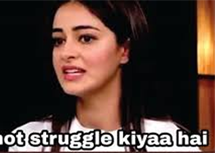

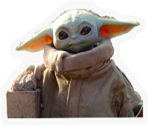
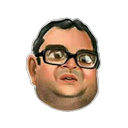
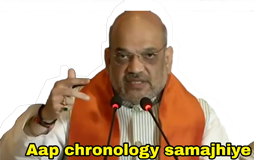
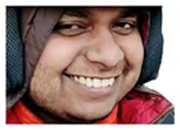
2020 and the future 
Deprecated: Function wp_make_content_images_responsive is deprecated since version 5.5.0! Use wp_filter_content_tags() instead. in /home4/memeprojectindia/public_html/wp-includes/functions.php on line 6114
2012 WALKED so 2020 COULD RUN – Are you finally regretting all those 2020 vision memes?
A look at what your landlocked self has witnessed on the internet in the past few weeks. https://www.trendingus.com/trending-memes-india/
THE INDOMITABLE RISE OF TIK-TOK – Earlier known as ‘Musical.ly’, this site has been through it all, from being temporarily banned in India to being sued over child-privacy issues. ‘Cringe content’ has become another successful sub-genre that has found itself an eager fan base and we’re probably going to see more of it in the years to come.
https://qz.com/india/1742654/why-tiktoks-india-growth-has-been-better-than-instagram-amazon/
And as for what the world has been like (in memes) lately, here goes nothing:
